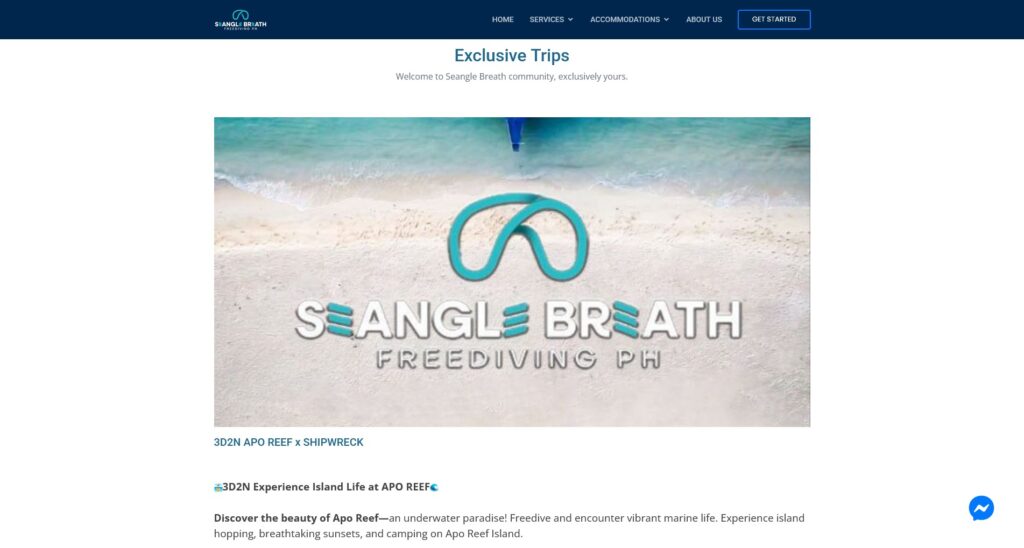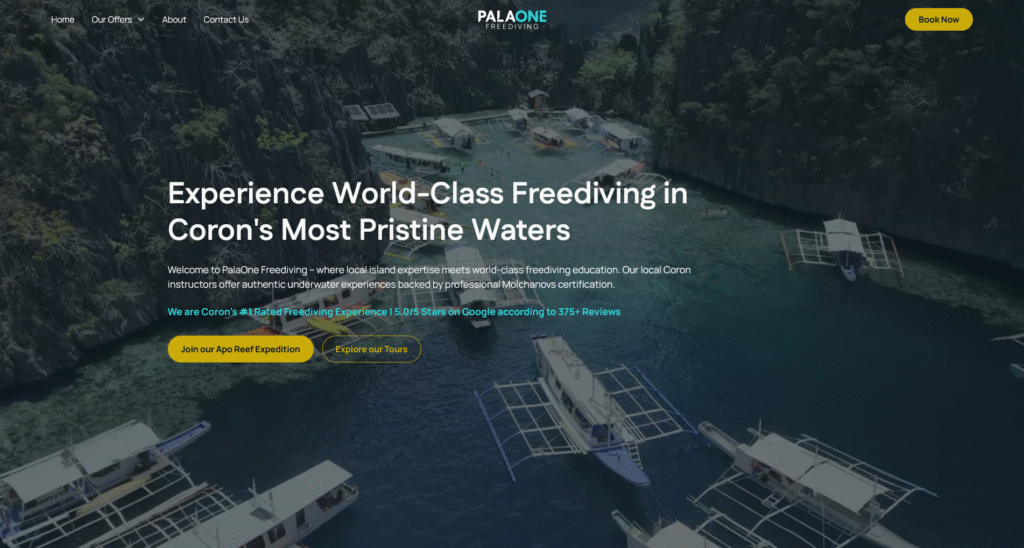Special Features of Apo Reef
Apo Reef Natural Park is a premier destination for freediving and snorkeling, offering several special features for those who love to explore the shallow and mid-depth waters:
Special Features for Snorkeling and Freediving
Shallow Coral Gardens: The area around Apo Island (the largest of the three islets) is surrounded by magnificent coral gardens that begin at relatively shallow depths, often ranging from 3 to 7 meters. Snorkelers can enjoy the vibrant colors and intricate structures of hard and soft corals (including table, branching, and brain corals) right from the surface.
Abundant Marine Life in the Shallows: Due to the park’s protected status, the reef is exceptionally healthy. Snorkelers and freedivers frequently encounter:
Sea Turtles: Green and hawksbill sea turtles are common sights, often grazing peacefully on the coral gardens.
Reef Fish: The shallow areas are teeming with a variety of colorful reef fish, such as butterflyfish, angelfish, sweetlips, and large schools of fusiliers.
Pelagic Sightings: Even in the shallows, there is always a chance to spot larger species like reef sharks (particularly whitetips) or schools of jacks and barracudas that cruise near the drop-offs.
Apo Island Lagoon: The largest island, Apo Island, features a shallow lagoon surrounded by a mangrove forest. This calm, protected area acts as a nursery and spawning ground for marine life, which can be an interesting spot for quiet observation. You can even walk a mangrove trail to reach the lagoon.
Clarity and Visibility: The waters surrounding Apo Reef typically boast excellent visibility, often reaching 20 to 30 meters, especially during the dry season (November to May), which is ideal for both surface and depth-focused freediving.
Wall Dives (for Freediving): For experienced freedivers, the steep walls at sites like North Wall and Aladdin offer a stunning view into the abyss. You can freedive along the lip of the wall (which can be around 16m deep) to look for larger pelagic species, such as schools of tuna, grey reef sharks, and occasional manta rays.
Mild Currents (Select Spots): While some sites have strong currents, certain areas like the East Side of Apo Island or the central channel’s sandy bottom (around 20 meters deep) often have calmer conditions, making them more suitable for leisurely freediving and snorkeling.


